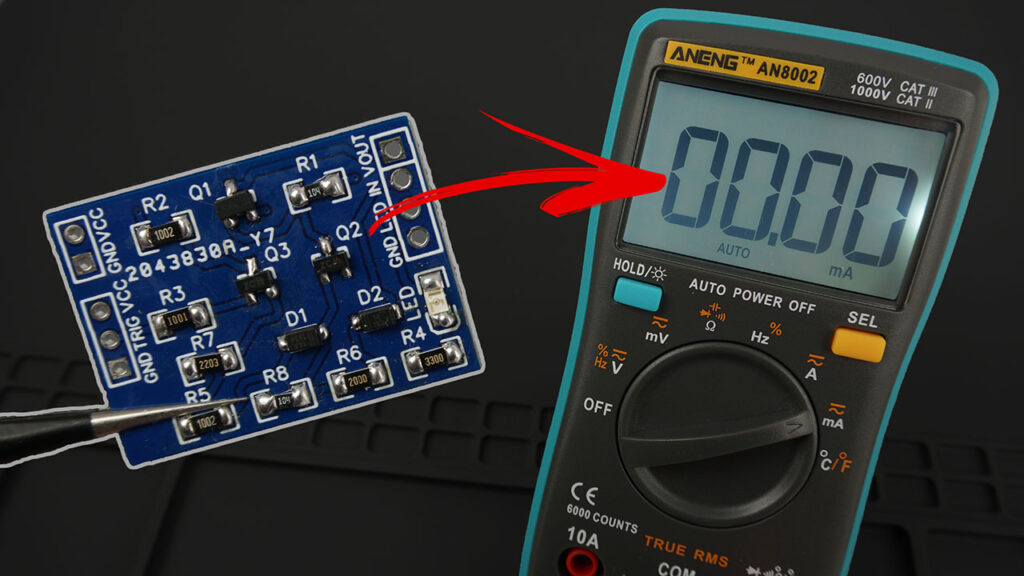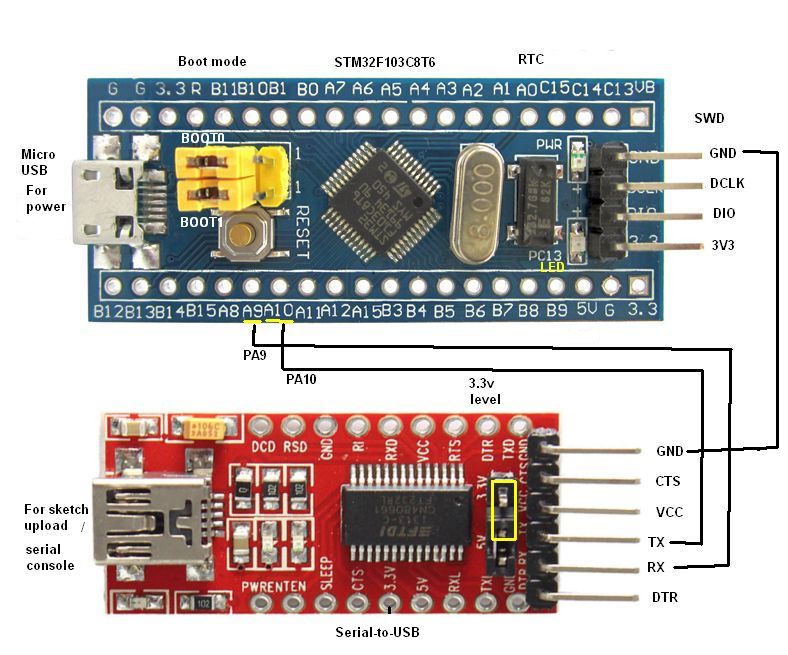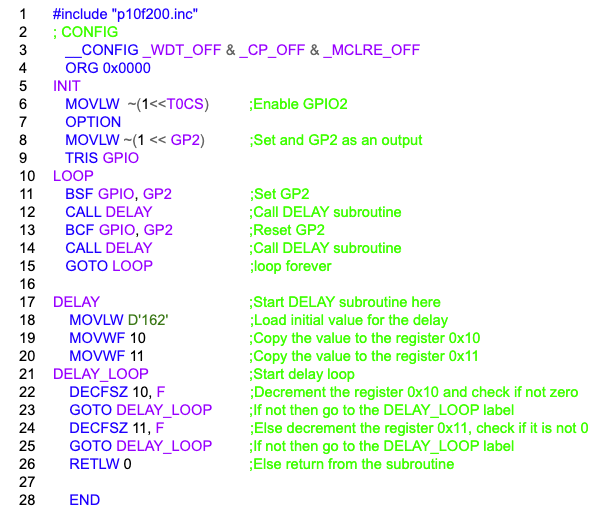Best Way to Implement a Power-Saving Mode in Microcontrollers
Microcontrollers are essential components in many electronic devices, ranging from simple consumer gadgets to complex industrial automation systems. One critical aspect of using microcontrollers efficiently is managing their power consumption. Implementing a power-saving mode is a great way to optimize power usage and extend the battery life of devices.
There are various techniques and strategies to implement a power-saving mode in microcontrollers. In this article, we will explore some of the best practices and methods to achieve optimal power efficiency without compromising performance.
1. Understand Power Consumption Profiles
Before implementing a power-saving mode, it is essential to understand the power consumption profiles of the microcontroller and its peripherals. Different components of the microcontroller may consume different amounts of power, so identifying power-hungry modules can help prioritize optimizations.
For example, peripherals such as ADC, UART, and SPI may consume more power than the core processing unit. By profiling the power consumption of each component, developers can focus on optimizing the most power-intensive modules first.
2. Utilize Low-Power Modes
Most modern microcontrollers offer various low-power modes that allow developers to reduce power consumption during idle or low activity periods. These low-power modes can significantly improve energy efficiency without sacrificing functionality.
Common low-power modes include Sleep, Idle, and Standby modes, each offering different levels of power savings. By utilizing these modes strategically, developers can ensure that the microcontroller operates efficiently while conserving power.
3. Optimize Clock Speed
Reducing the clock speed of the microcontroller is another effective way to save power. Running the microcontroller at a lower clock frequency can significantly reduce power consumption, especially during low-demand tasks or idle periods.
By dynamically adjusting the clock speed based on the workload, developers can strike a balance between performance and power efficiency. Implementing algorithms to scale the clock speed dynamically can help optimize power consumption in real-time.
4. Implement Sleep Modes for Peripherals
Peripheral modules in microcontrollers, such as timers, UART, and SPI interfaces, can consume a significant amount of power even when the microcontroller is idle. Implementing sleep modes for these peripherals can help minimize power consumption without affecting the overall functionality.
By configuring peripherals to enter low-power modes when not in use, developers can ensure that only essential components are active, further reducing power consumption. Properly managing peripheral sleep modes can have a significant impact on overall power efficiency.
5. Use Efficient Algorithms
Optimizing software algorithms can also contribute to power savings in microcontrollers. By writing efficient code that minimizes unnecessary computations and memory accesses, developers can reduce the overall power consumption of the microcontroller.
Using optimized algorithms can help reduce the time the microcontroller spends executing instructions, leading to lower power consumption. Additionally, implementing algorithms that leverage hardware features, such as hardware accelerators, can further enhance power efficiency.
Conclusion
Implementing a power-saving mode in microcontrollers is crucial for optimizing energy efficiency and extending battery life in electronic devices. By understanding power consumption profiles, utilizing low-power modes, optimizing clock speed, implementing sleep modes for peripherals, and using efficient algorithms, developers can effectively manage power consumption without compromising performance.
With the increasing demand for energy-efficient electronics, implementing best practices for power-saving modes in microcontrollers is essential for creating sustainable and long-lasting devices.
Best Way to Implement a Power-Saving Mode in Microcontrollers
Microcontrollers are essential components in many electronic devices, ranging from simple consumer gadgets to complex industrial automation systems. One critical aspect of using microcontrollers efficiently is managing their power consumption. Implementing a power-saving mode is a great way to optimize power usage and extend the battery life of devices.
There are various techniques and strategies to implement a power-saving mode in microcontrollers. In this article, we will explore some of the best practices and methods to achieve optimal power efficiency without compromising performance.
1. Understand Power Consumption Profiles
Before implementing a power-saving mode, it is essential to understand the power consumption profiles of the microcontroller and its peripherals. Different components of the microcontroller may consume different amounts of power, so identifying power-hungry modules can help prioritize optimizations.
For example, peripherals such as ADC, UART, and SPI may consume more power than the core processing unit. By profiling the power consumption of each component, developers can focus on optimizing the most power-intensive modules first.
2. Utilize Low-Power Modes
Most modern microcontrollers offer various low-power modes that allow developers to reduce power consumption during idle or low activity periods. These low-power modes can significantly improve energy efficiency without sacrificing functionality.
Common low-power modes include Sleep, Idle, and Standby modes, each offering different levels of power savings. By utilizing these modes strategically, developers can ensure that the microcontroller operates efficiently while conserving power.
3. Optimize Clock Speed
Reducing the clock speed of the microcontroller is another effective way to save power. Running the microcontroller at a lower clock frequency can significantly reduce power consumption, especially during low-demand tasks or idle periods.
By dynamically adjusting the clock speed based on the workload, developers can strike a balance between performance and power efficiency. Implementing algorithms to scale the clock speed dynamically can help optimize power consumption in real-time.
4. Implement Sleep Modes for Peripherals
Peripheral modules in microcontrollers, such as timers, UART, and SPI interfaces, can consume a significant amount of power even when the microcontroller is idle. Implementing sleep modes for these peripherals can help minimize power consumption without affecting the overall functionality.
By configuring peripherals to enter low-power modes when not in use, developers can ensure that only essential components are active, further reducing power consumption. Properly managing peripheral sleep modes can have a significant impact on overall power efficiency.
5. Use Efficient Algorithms
Optimizing software algorithms can also contribute to power savings in microcontrollers. By writing efficient code that minimizes unnecessary computations and memory accesses, developers can reduce the overall power consumption of the microcontroller.
Using optimized algorithms can help reduce the time the microcontroller spends executing instructions, leading to lower power consumption. Additionally, implementing algorithms that leverage hardware features, such as hardware accelerators, can further enhance power efficiency.
Conclusion
Implementing a power-saving mode in microcontrollers is crucial for optimizing energy efficiency and extending battery life in electronic devices. By understanding power consumption profiles, utilizing low-power modes, optimizing clock speed, implementing sleep modes for peripherals, and using efficient algorithms, developers can effectively manage power consumption without compromising performance.
With the increasing demand for energy-efficient electronics, implementing best practices for power-saving modes in microcontrollers is essential for creating sustainable and long-lasting devices.



